Superb 1939 ex-army Scammell Pioneer
Posted by Chris Graham on 22nd March 2023
Peter Simpson meets Edward and Annie Prentice and their 1939 ex-army Scammell Pioneer which has been restored over the past two years.

Edward and Annie Prentice’s 1939, ex-army Scammell Pioneer.
The South Lincolnshire-based Prentice family have been involved with lorries for many, many years, possibly since pre-war times, in fact. These days the family run a recycling business collecting waste from local businesses, but in the past have also been involved in wholesale distribution and breakdown recovery work.
We’ll come back to all that later though; our hosts for this visit were Edward Prentice aged 44, his other half Annie, and their two sons Ennett aged 10 and Leyland who is 8. All four are avid lorry enthusiasts, and the 1939 Pioneer is their second operational Scammell; they’ve owned a 1950 Explorer for some time.
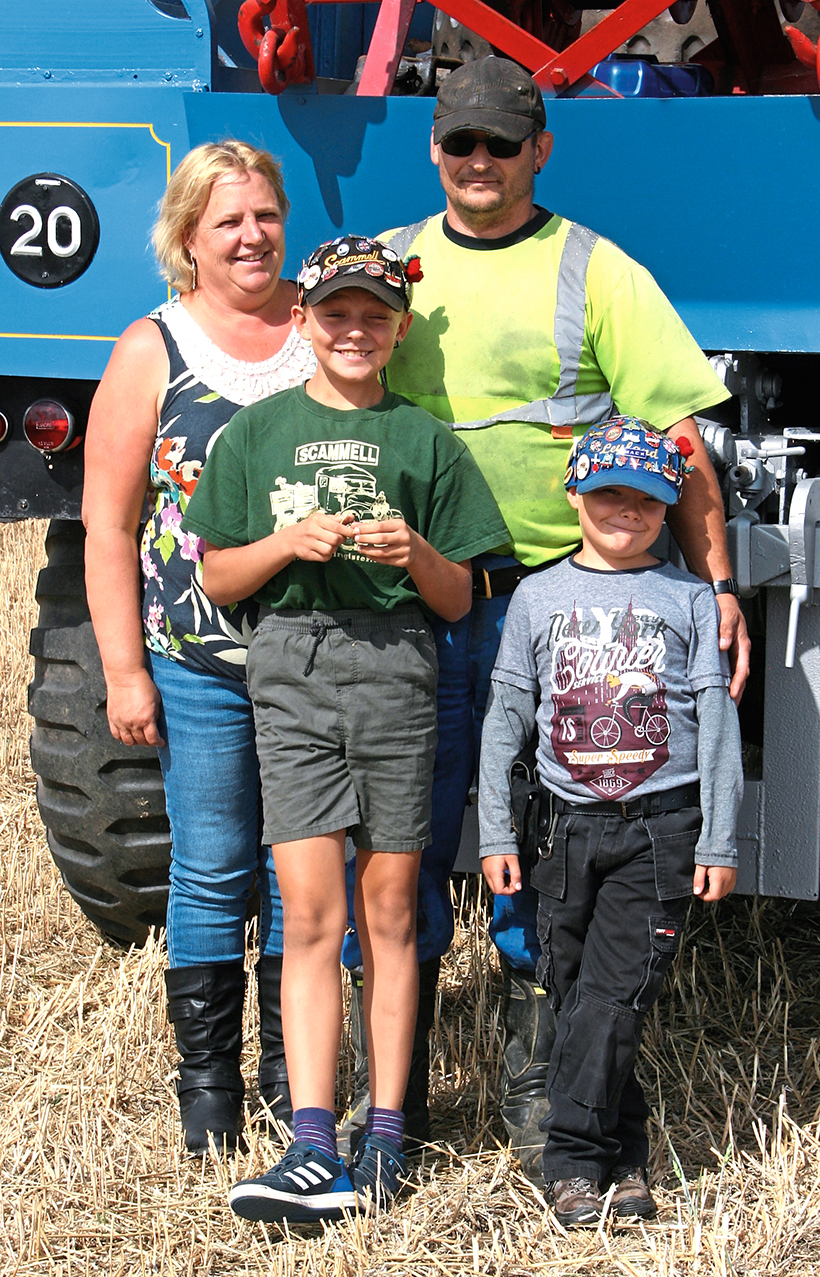
A family of lorry-fans: Annie and Edward with their enthusiastic sons, Ennett and Leyland.
Pioneer project
The Pioneer was bought just over two years ago as a sort-of lockdown project, but also as a lorry which once finished Annie would drive and take to shows, forming a sort-of his and hers pairing alongside the Explorer. New in 1939 and originally an R100 gun tractor, the Pioneer Heavy Recovery Vehicle has a Gardner 6LW diesel engine and the standard Scammell six-speed constant-mesh gearbox.
Its army service is something of a mystery and something the family are hoping to research further, though there is evidence on the vehicle such as the type of air filter fitted which suggest it was rigged for desert use. Chassis number is 2941, engine number 51495.
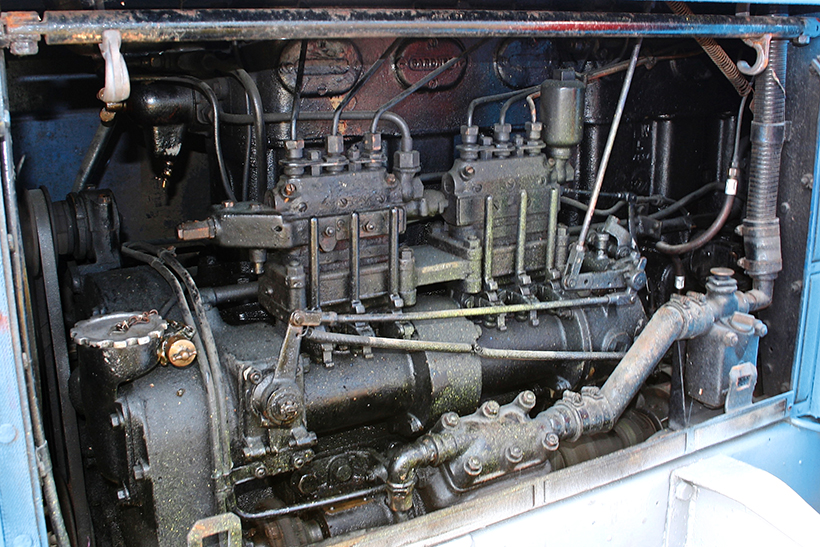
The Scammell’s Gardner 6LW engine; a strong and durable unit!
When, exactly, this Pioneer left the army is uncertain. The DVLA date of first registration is May 1978 which does seem a little late for a 1939 lorry, though some Pioneers were still in service in overseas territories such as Belize until the early 1980s. As a recovery vehicle, this one might well have operated on trade plates after release but prior to registration. Photos exist online of it without the crane but with ‘Heavy Haulage’ on the side, and also in the livery of Dixons, MC Perrett & Son, and Barn Garage. It was wearing the latter livery when sold at the Cheffins vintage auction in 2018, where it was bought by Lincolnshire-based enthusiast (and Scammell Register committee member) Dave Parker.
The auction listing at this point stated that the Pioneer had been “owned by the vendor for 30 years” and was a past prize-winner but had been off the road since 2004 and had “deteriorated cosmetically a bit” though it was in running order and with brand new tyres all around. Edward and Annie bought the lorry from Dave who they knew through the local lorry and Scammell scene.

Logos on the bonnet sides pay tribute to Edward’s Dad and Uncle who started the business; IP on the nearside refers to Ian Prentice, SP on the right to Edward’s dad, Stuart.
When bought, the lorry was pretty-much as Dave had acquired it; in other words it was up and running but in need of some cosmetic attention, with rust beginning to form in several places and the cab roof especially bad. It did, though, seem at this point to be sound mechanically…
The first priority, though, was somewhere at least partially undercover to do the work, and given the lockdown restriction which applied at the time this really needed to be at home. Fortunately, there was room in the back garden, so Edward, assisted by Annie and the boys, set to and built an improvised garage using scaffold poles and, appropriately, an old military tarpaulin.
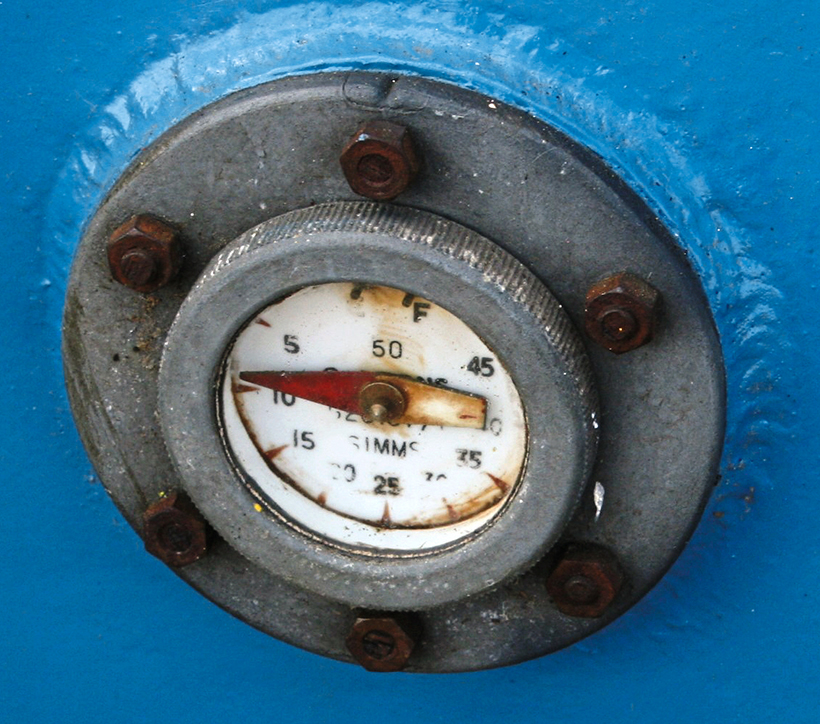
The fuel tank holds 45 gallons, although Edward hasn’t dared work out how far that’ll take the Pioneer!
This provided sufficient protection for work on rubbing down rust removal and general preparation for painting to take place, though work was still somewhat weather-dependent, and there were periods when little could be done. Eventually though, it was ready for painting, and former owner Dave kindly offered Edward the use of his workshop to in which to do this. The colour-scheme used is the same as the family’s traditional livery of RAL5007 blue and RAL1014 yellow as used in the wholesale and recovery operations, though no-one is quite sure why this particular scheme was chosen – it might well simply have been a case of Edward’s Dad Stuart buying a bargain job lot of paint that colour many years ago and sticking with it! The type of paint used is more commonly applied to skips, and while not especially shiny, it is extremely hard-wearing and as such totally appropriate for a vehicle of this kind. The sign-writing was undertaken by a local specialist named Mick who, according to Edward, served his apprenticeship with the same Peterborough-based people who had done the sign-writing on Dad’s lorries.
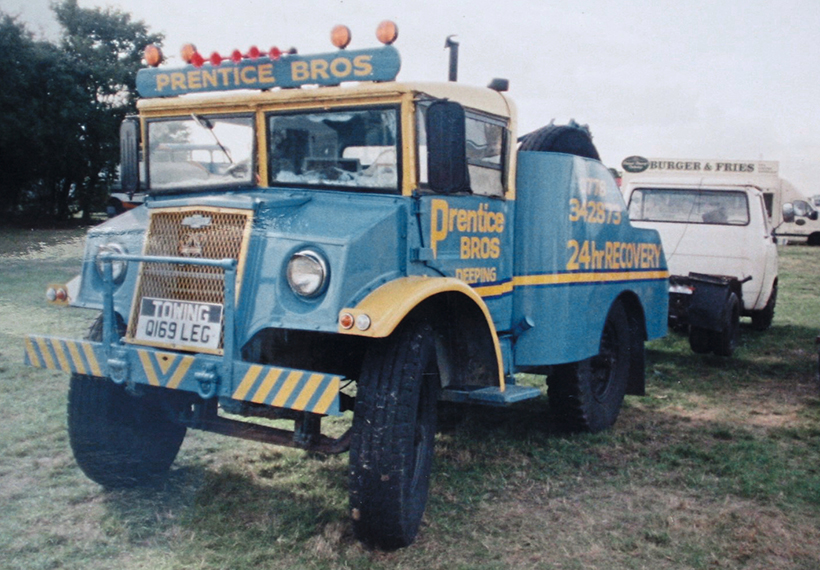
The next project is renovation of the Chevrolet that the Prentice Brothers operated as a recovery vehicle in the 1980s. This is a period photograph; sadly it doesn’t look like this now!
Mechanical issue
As noted a moment ago, the Scammell was thought to be sound mechanically, and certainly seemed so at the time of our photoshoot in late August. However, Edward was aware of a noise from the clutch which concerned him, despite several people telling him that it was nothing to worry about. Anyway, he decided to pull the clutch out and take a look. This is a big job on a Pioneer, even though the engine and gearbox are separate; it all comes out through the cab floor. The components are also enormous; for example, the flywheel is very definitely a two-man lift!
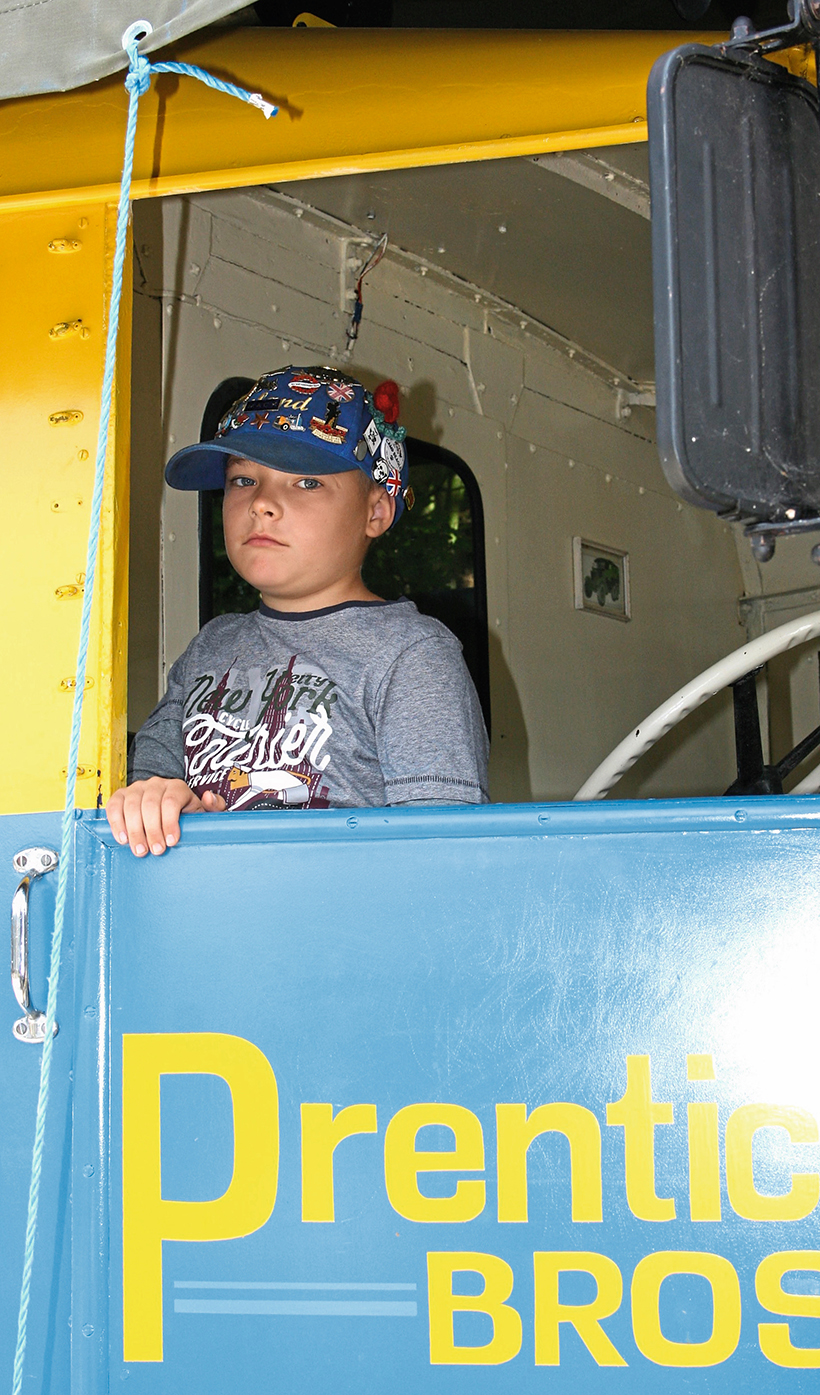
Leyland in the Scammell’s cab. Though only eight years old, he’s already pretty practised at rubbing down old paint.
Getting the clutch out and stripped took a full day, and as it came out and apart, the bad news just kept on coming; everything, it seemed was either worn out or broken. The clutch release bearing appeared to have been ‘repaired’ in the past by welding bits on to replace wear, but while this did make the clutch operate after a fashion, it did throw the entire assembly out of alignment, causing severe damage to everything from the flywheel’s wear plates back.
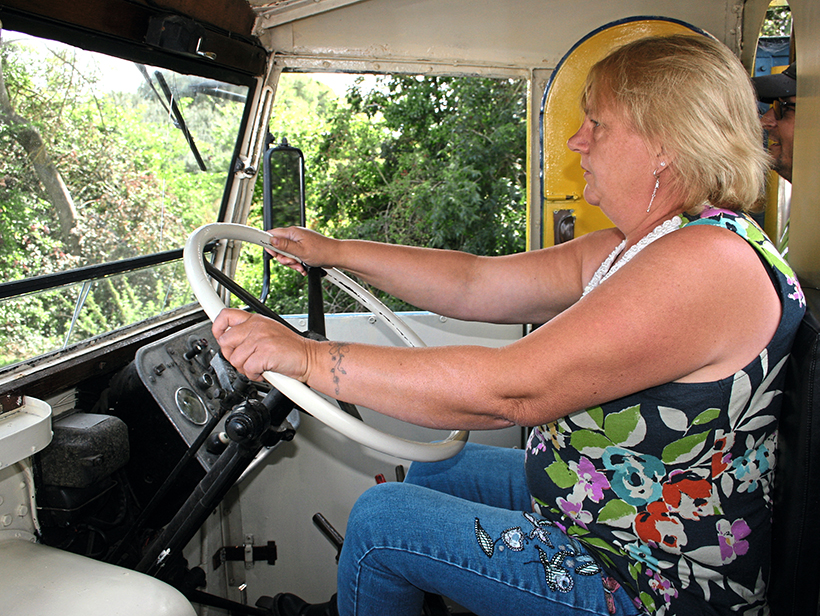
Annie at the wheel.
Fortunately, however, Edward had a spare clutch, the only problem was that it was in another, scrap Pioneer which, in his words “had been buried in brambles for 50 years.” So after another day spent stripping that one out, the two clutches were sent to Prestige Clutches in Leeds where they were built up into one good one. The springs and wear plates along with some other small components which needed renewing had to be made from scratch. The total cost of the clutch rebuild was around £2,500, and as anyone who has fitted any kind of clutch in the past will know, fitting it all back together was even more time-consuming than taking it out.

Basic instrumentation – 60mph speedometer (right) is somewhat optimistic!
Other than that, the only mechanical attention needed so far has been normal greasing and a bit of general tinkering and adjustment. The lorry went to a few events in 2022, with Annie at the wheel, and she says that she “gets on well” with it, though with a top speed of around 20mph, plenty of time needs to allowed even for local journeys, and travelling 100 miles to an event requires an early start. Thirst is, of course, another restriction on longer journeys; when asked about fuel consumption Edward says that he is “too afraid to work it out” and if he did know, he’d never want to take it out again! Suffice to say that diesel is bought in £100 lots, but they don’t go far.
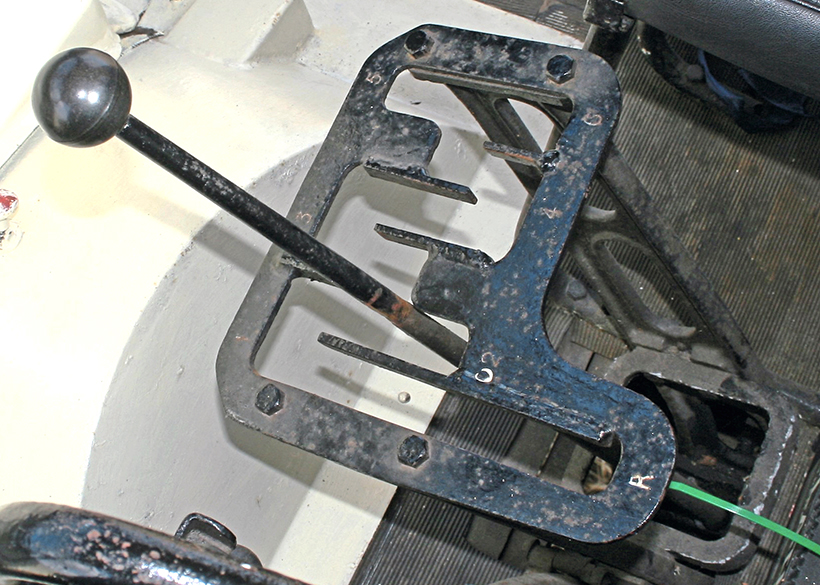
This gear gate could only really be on a Scammell.
The 2023 event programme has yet to be finalised, though they are certainly hoping to make it to Peterborough Truckfest, as the showground site is to be redeveloped and will no longer be suitable for large open shows.
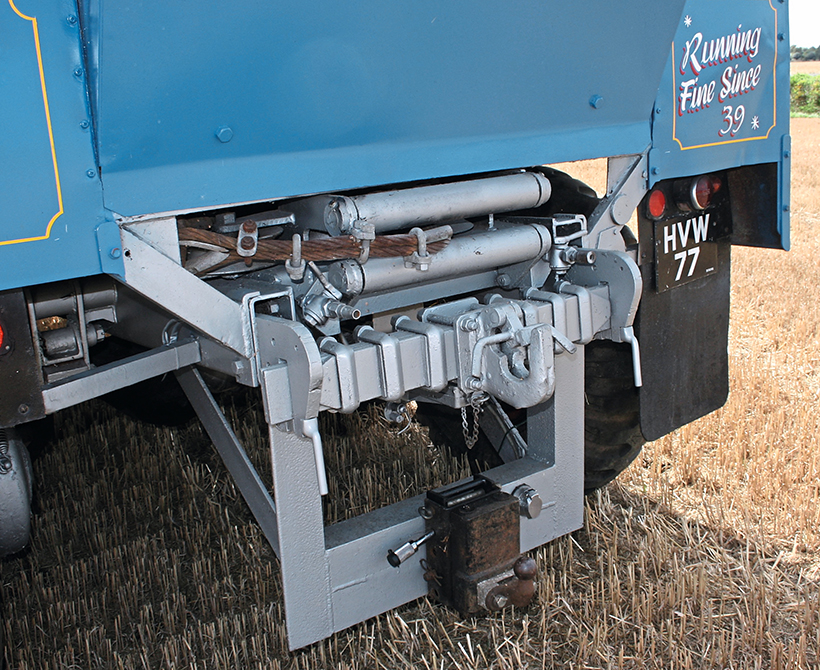
Back-end detail. This really will pull anything, and you’ve got a choice of hitches.
Family history
As I mentioned at the start of this piece, the Prentice family history in transport-related business goes back to Edward’s grandfather Alfred. However his sons Stuart (Edward’s father) and Ian (Edward’s uncle) initially chose a completely different career path; they both trained as hairdressers. In time, though, they launched and ran a wholesale business, supplying cigarettes, sweets, crisps and so on to pubs, convenience stores, cafes and the like. With Stuart running the lorries/transport side, and Ian handling the office-based business management, the brothers built up a successful local business, operating Bedford TKs, CFs and so on.
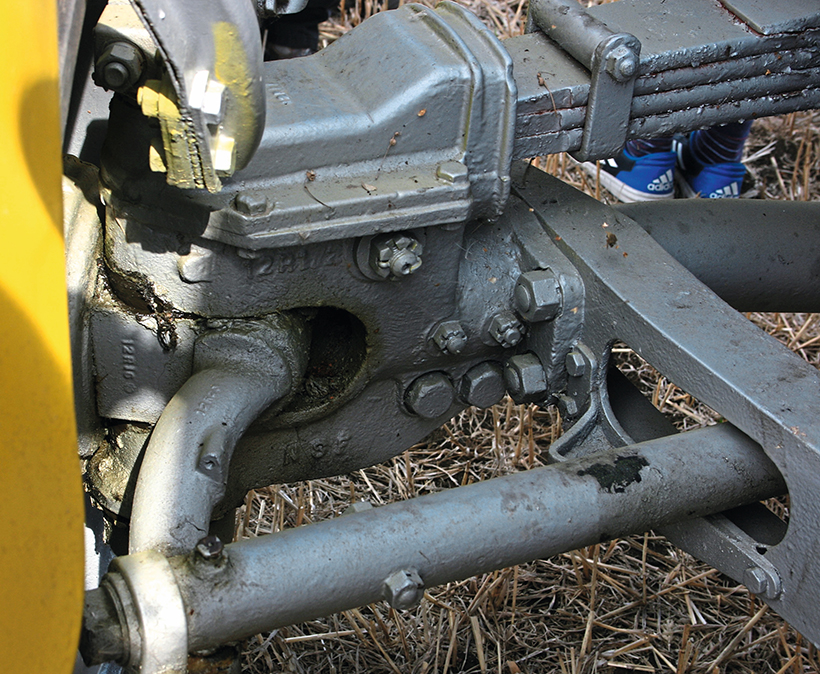
A rather substantial kingpin. There’s a lot of grease in there – thankfully!
They also bought a Chevrolet CMP recovery vehicle, initially intending it for use with their own fleet, but according to Edward “Dad was persuaded by the local police to go on their list of recovery operators
As this shows, Stuart and Ian were enterprising people who spotted and exploited opportunities, and they noticed that after each drop, their vehicles had spare capacity. Their customers, too, had recyclable material such as cardboard and paper which needed collecting and which they paid to have taken away. So the brothers obtained the necessary licences to handle waste material, and established a waste disposal business alongside the wholesale and recovery operations.
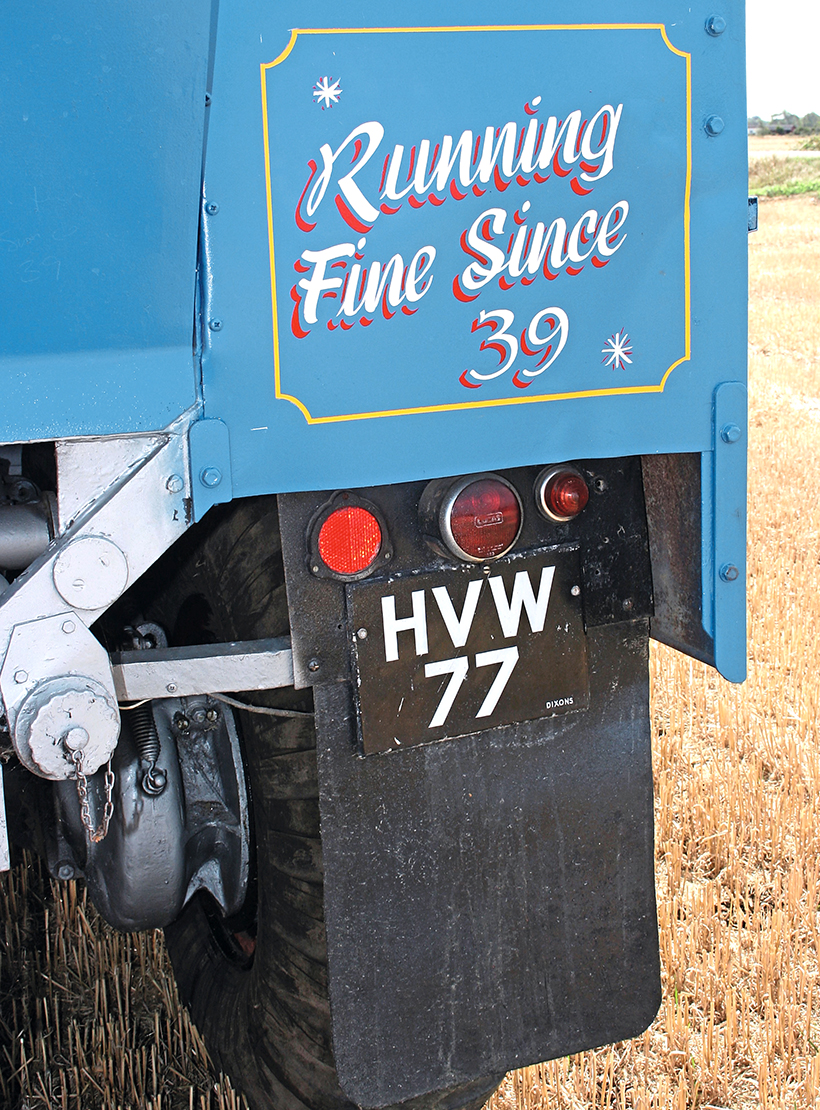
Stuart died in 1990, when Edward was 11. Ian continued with the business on his own, but the recovery operation was closed and the Chevrolet sold. In time, the wholesale business was progressively wound down and closed naturally when the final customers closed their businesses. The recycling operation, however, took off, and today they operate a private recycling site and which was until recently open to the public but now processes trade waste received from the firm’s own fleet, which comprises four 3½-ton hook-loaders; they’ve stuck with smaller vehicles as many of the places they collect from have limited access.
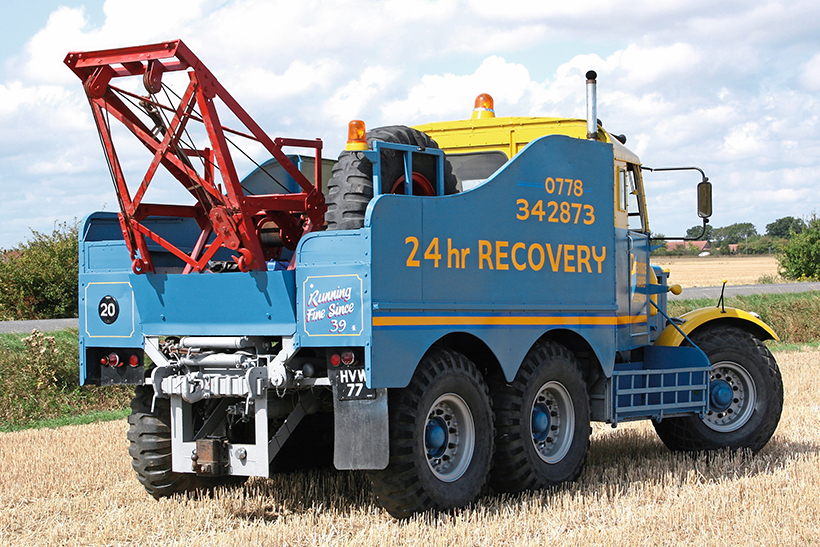
Waiting in the wings
So what’s next? Well actually there is something else waiting in the wings to be restored, and it’s a certain Chevrolet recovery truck. Though sold off in the 1990s, Edward was able to buy it back in 2012, and though it’s now in need of significant work, it is their actual lorry and as such it will be restored!
This feature comes from the latest issue of Classic & Vintage Commercials, and you can get a money-saving subscription to this magazine simply by clicking HERE
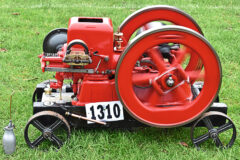
Previous Post
Newark Vintage Tractor & Heritage Show
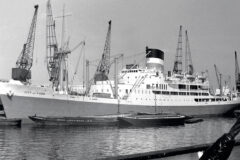
Next Post
The sad demise of 1953 Mediterranean Sky



